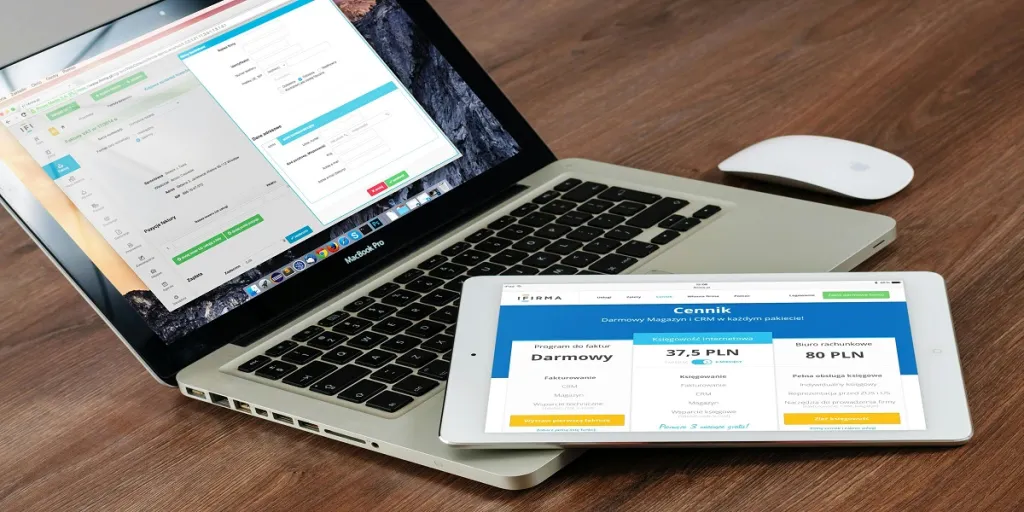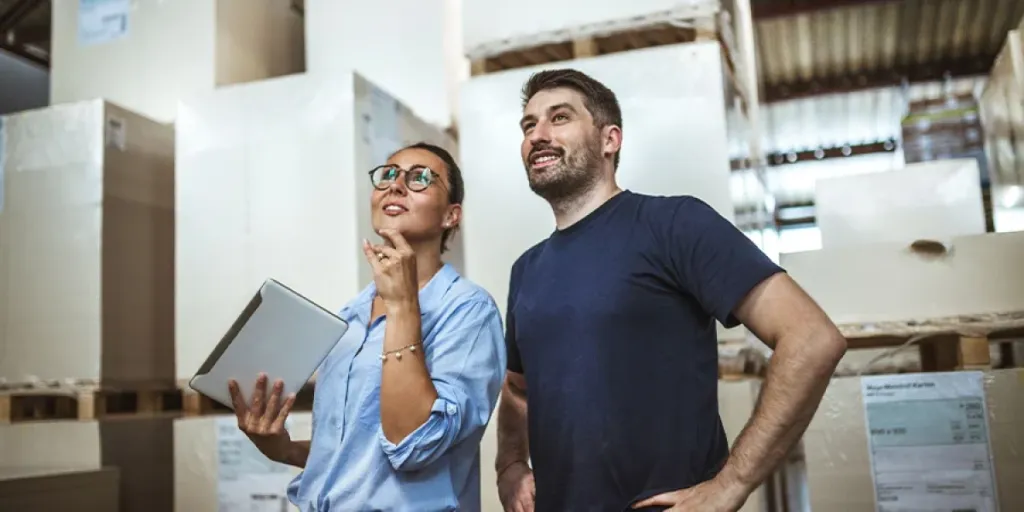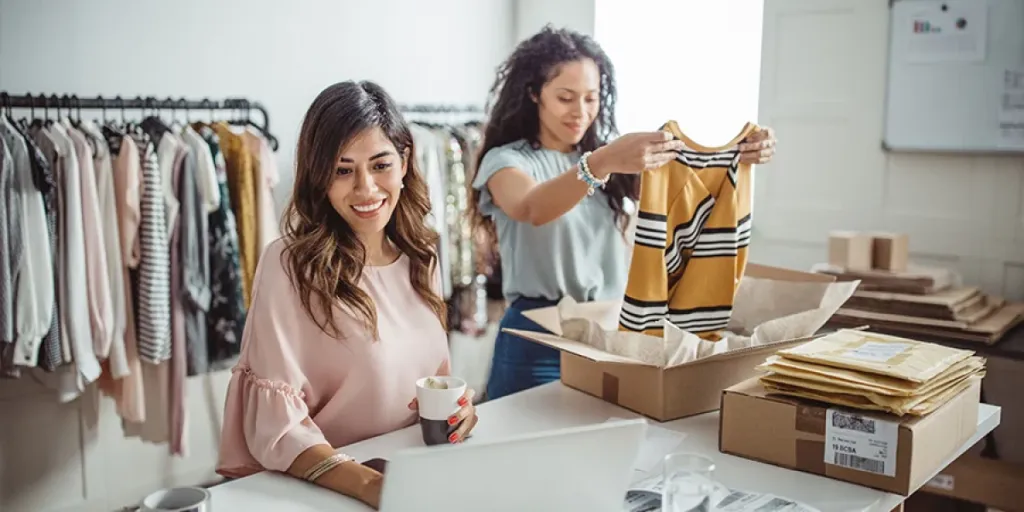It’s easy for consumers to take everyday purchases for granted (like grabbing their usual cereal box, tossing a new tube of toothpaste into the cart, or restocking their favorite moisturizer). Yet, these everyday transactions trace back to a massive industry business called consumer packaged goods (CPG).
We’re talking about items consumers use up, replace, and rarely think twice about: snacks, beverages, basic toiletries, household cleaners, and over-the-counter medications. But behind each product on your shelf lies a fiercely competitive world defined by brand loyalty, shifting consumer demands, and constant innovation to keep pace with modern expectations. Here’s a closer look at the consumer packaged goods industry in 2025.
Table of Contents
What “CPG” means
CPG’s trillion-dollar market
How brands adapt to a changing market
Navigating the challenges of the CPG market
A real-world example: Heyday Canning
Where are things headed?
The bottom line
What “CPG” means
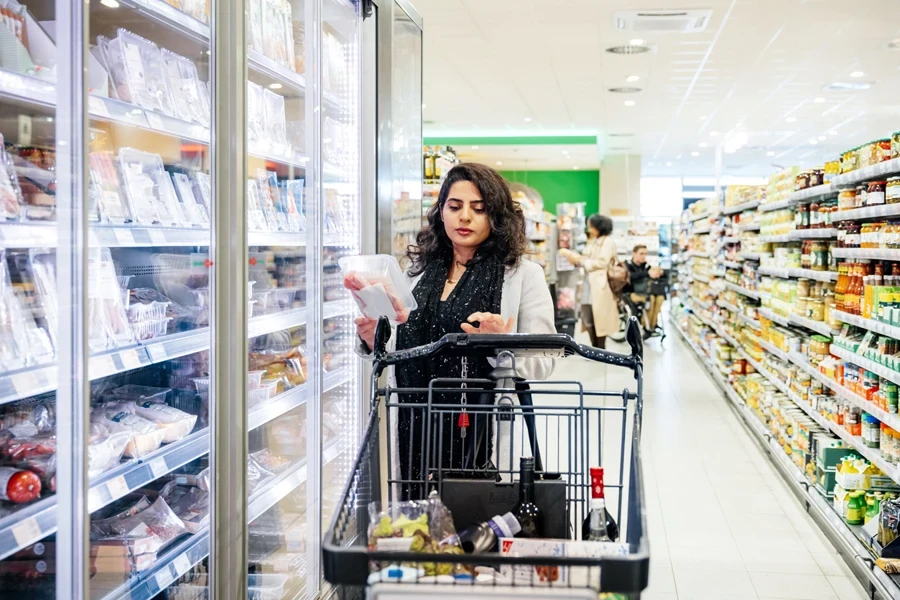
At its core, CPG refers to everyday items that people use up quickly and need to restock often. However, it covers various products, from food and personal care items to household essentials. With so many categories, it helps to focus on what they all have in common:
- They’re necessities or near-necessities (think hand soap and frozen dinners).
- They rotate in and out of your stores on a predictable schedule.
- They rely heavily on branding because so many competing products sit side by side on shelves.
Businesses may also hear another term: fast-moving consumer goods (FMCG). These are the speedier versions of CPGs because they sell out even faster. They include everyday essentials like milk, eggs, bread, and items people always buy, such as toilet paper, soda, and snack bars.
CPG’s trillion-dollar market
Experts predict that consumer spending on CPG could reach a massive US$ 2.8 trillion by 2029. This growth results from expanding populations and rising incomes, especially in emerging markets like China, India, and Africa. With more buyers in the market, companies face increasing competition, meaning they need more innovations to set themselves apart.
And then there’s the role of the internet. Not so long ago, it was unthinkable for many shoppers to order items online instead of grabbing them on a grocery run. Now, ecommerce is a staple of modern life, and brands of all sizes (sometimes run by just a handful of entrepreneurs) can reach consumers worldwide.
This wave of direct-to-consumer (D2C) commerce is more than just a distribution shift; it lets brands gather buyer feedback quickly, experiment with limited-edition flavors, or make changes when they see new trends taking hold.
How brands adapt to a changing market

In the past, big-name manufacturers dominated the CPG industry. But changes in technology and consumer preferences have triggered new trends that require everyone (large and small players alike) to adopt:
- Health and wellness: More people are paying closer attention to labels, removing artificial additives, and looking for non-GMO products. As a result, businesses are redesigning and marketing everything from kids’ snack packs to face creams as healthier choices. Pharmacies are also stocking more over-the-counter health products to meet growing demand.
- Sustainability: Companies realize that many shoppers care about being eco-friendly when choosing what to buy. Whether using recycled packaging or making products more sustainably, businesses are pressured to go green. That’s why refill stations, paper straws, and plastic-free packaging are now big topics in marketing meetings.
- Direct-to-consumer models: Instead of fighting for shelf space in major retail stores, some new CPG brands take different routes by selling directly to customers online. They launch websites, engage with customers on social media, and ship directly. This approach can lead to higher profits but also demands strong supply-chain management and smart digital marketing.
- Private labels: Big retailers are expanding their store-brand products, offering quality that often rivals or beats name brands at a lower price. This new competition has made it harder for well-known CPG brands to stand out, pushing them towards things like premium ingredients or unique brand stories to stay competitive.
Navigating the challenges of the CPG market
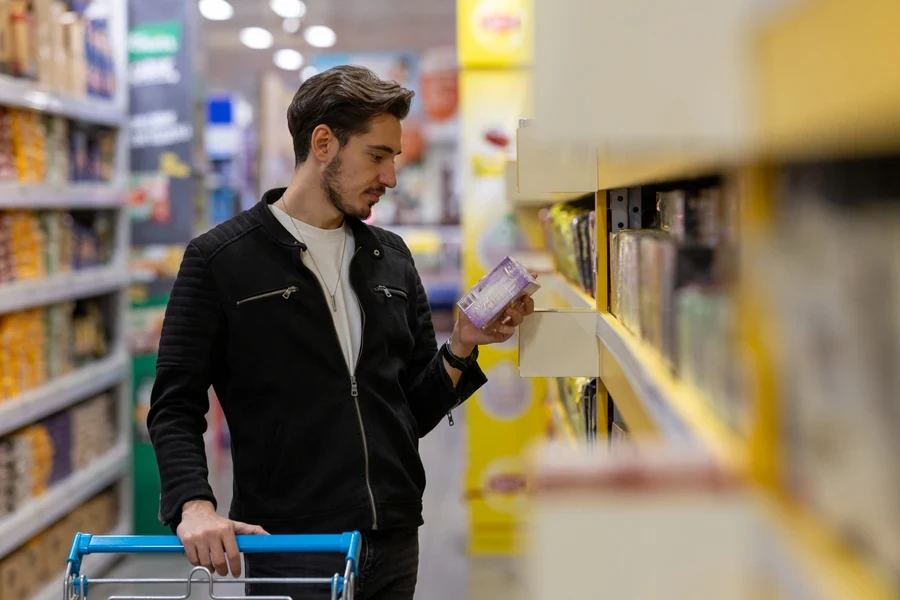
Breaking into CPG isn’t an easy feat. When consumers are used to their trusted laundry detergent or favorite pasta sauce, encouraging them to switch to a new brand can feel like an uphill climb. For this reason, the fight for shelf space is very competitive, with retailers only giving a few slots per product category.
Even if you secure that precious space, you must maintain enough momentum (often called “velocity,” or the number of units moved per store each week) to prevent a competitor from replacing you.
Logistics can be just as tricky, especially with perishable items that need careful handling and fast/efficient shipping—even strict health regulations control everything from production to labeling. On top of that, the push for eco-friendly packaging adds another challenge that often cuts into profits.
Nevertheless, the opportunities are enormous for brands that navigate these hurdles and stand out. CPG is a global industry with constant demand, and even a small market share can generate significant revenue.
A real-world example: Heyday Canning
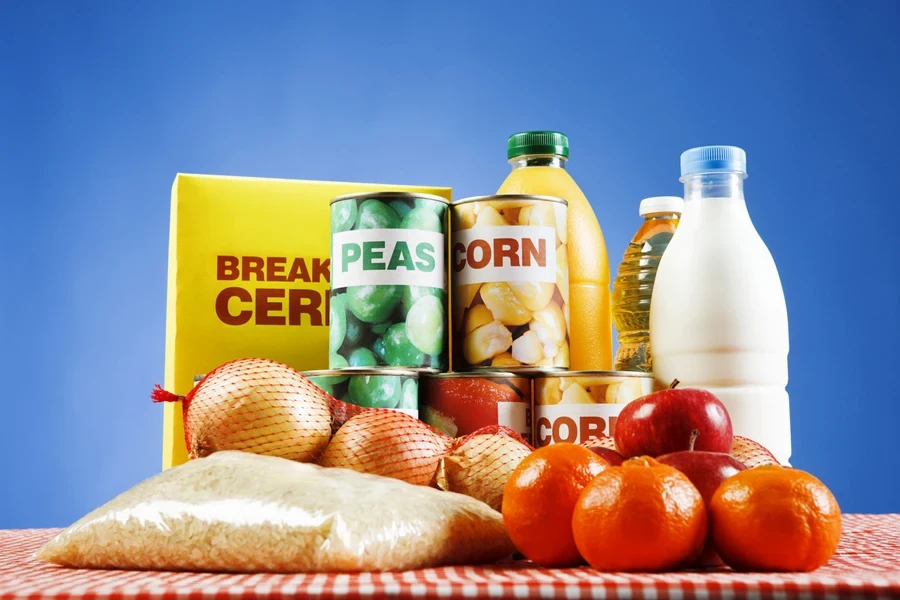
To see these forces in action, consider a brand like Heyday Canning, which introduced a line of premium canned beans. At first glance, beans aren’t the most thrilling product. Cofounders Kat Kavner and Jaime Lynne Tulley launched Heyday precisely because the canned goods aisle felt stale and overshadowed by bland, cheap commodity products.
They decided to innovate on flavor, packaging, and marketing in a space most people assumed was beyond reinvention. Still, success depended on more than just having a tasty bean. Heyday had to convince everyday shoppers to break old habits.
That required strategic store sampling, coupons that lured price-sensitive consumers, and an eye-catching brand identity that promised “something different” from the rest of the row. By focusing on “velocity” (the industry term for how quickly product units sell), Heyday aimed to show retailers that consumers wanted more than run-of-the-mill canned beans.
Where are things headed?
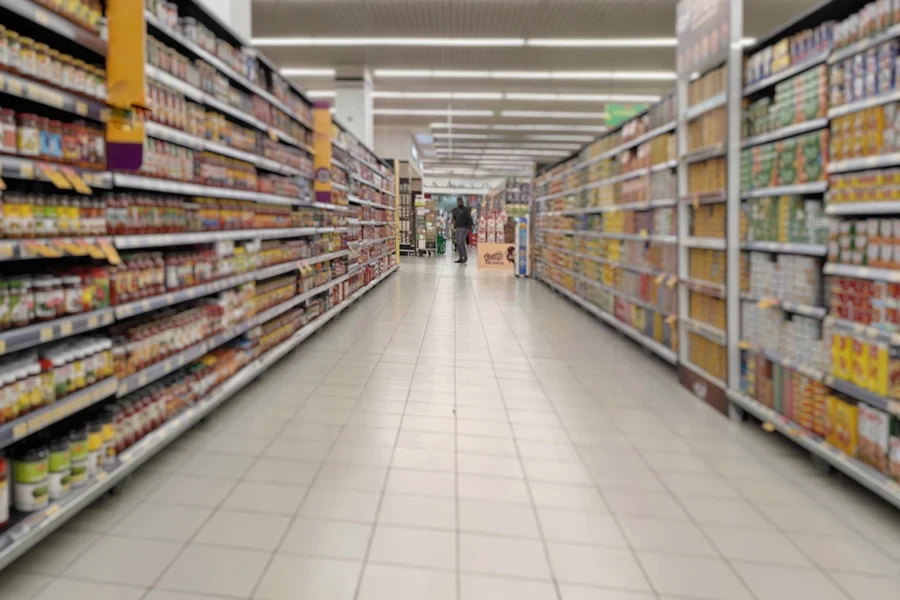
Anyone who assumes CPG is “boring” might be surprised by how rapidly it’s transforming. The sector now thrives on personalizing product lines (custom snacks, specialized supplements), leveraging analytics to optimize production, and shifting toward more transparent supply chains that let customers see how brands make their products.
Since sustainability pressures won’t let up, we’ll likely see further innovation in zero-waste packaging or closed-loop recycling systems. Add the unrelenting march of ecommerce into every corner of retail, and you have a recipe for ongoing shake-ups.
Niche brands can go from unknown to cult favorite in months, big players can adapt by snapping up smaller upstarts, and everyday consumers can directly shape brand strategy by voicing feedback online.
The bottom line
Consumer packaged goods remain one of commerce’s most essential and arguably most fascinating segments. As global demand increases and people become pickier about ingredients, packaging, and production ethics, CPG brands must continuously fine-tune their approaches to remain relevant. That includes listening closely to what shoppers want, such as healthier food, eco-friendly materials, or something more interesting than the status quo.

